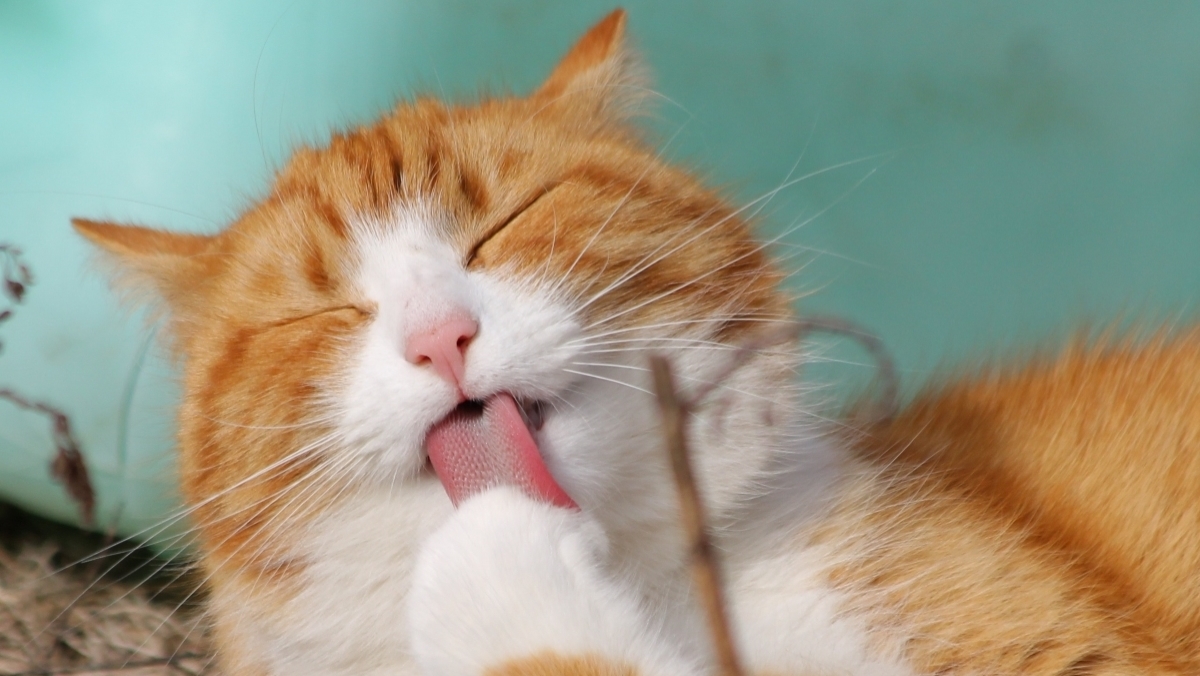Antihistamines and allergy shots don’t completely eliminate cat allergies. Hypoallergenic cats could. Scientists made edits to cat DNA, removing the protein that causes allergic reactions. They used CRISPR to target and remove the protein Fel d 1 without affecting any other genes. It will be many years before kittens come allergy-free, but it’s a good proof of concept that this relatively new technology has wide applications.

People who are allergic to cats are actually allergic to Fel d 1 found in cat saliva, skin glands, and tears. It spreads to their hair during grooming. Other studies have shown that targeting Fel d 1 reduces allergy symptoms. Food and vaccines for cats suppress the protein, but don’t eliminate it entirely. As reported by Gizmodo, using CRISPR to edit Fel d 1 out of cat DNA could be the most effective solution.
The CRISPR Journal published the peer-reviewed study. The researchers used tissue samples from spay and neuter operations of house cats. They also looked at the DNA sequences of larger wild cat species like lions and tigers. These are within the same family Felidae and can also cause allergic reactions in people. They found that Fel d 1 is not consistent across the species and can likely be removed without negative effects. Now that the procedure worked in the lab, the next step is to try it in live cats.
CRISPR experiments have already made it out of the lab and into the real world. Genetically altered mosquitoes could eradicate diseases like malaria and dengue. Heartier crops that can withstand climate change. Human clinical trials to fight genetic disorders and treat cancer are also underway. Ethical questions abound in every application of gene editing, but studies around the world continue to test its applications.
This CRISPR experiment won’t change the world or save millions of lives. But for anyone who loves cats and can’t have them due to allergies, hypoallergenic cats are an exciting prospect.